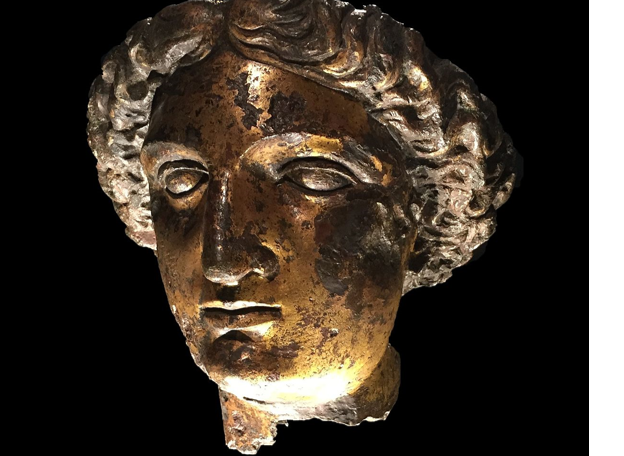Women in Roman Britain: Diversity and Religion

Women in Roman Britain: Diversity and Religion
This section considers two different subject areas: diversity in terms of what we know about women living in Roman Britain, and some aspects of religious practise. These two separate aspects come together in the three cases studies presented in these pages, which provide a fascinating insight into the place of women in Roman Britain and the role of religion in these women's lives.
The information on this page and the associated resources was created by Jacqui Butler, PhD student here at the University of Warwick. Jacqui is currently working on Images of female mythological sacrificial characters and the role of the feminine in Roman art.
Religion in Roman Britain
 What was religious practice like in Roman Britain?
What was religious practice like in Roman Britain?
We have to remember that when Britain first became a Roman province in AD43, the people already living here had their own native and localised deities, religious beliefs and customs. And while the Romans imposed their culture on the provinces they conquered in a variety of ways (language (Latin), architecture, cities and their layout, roads, fortresses, currency, laws and taxes), with religion they were a little less rigid, as they were more tolerant of people’s spiritual beliefs. This led to exchange and amalgamation of ideas, through interaction of very different groups of people.
Roman religion was actually quite fluid, so although they introduced their pantheon of gods, and observance of the imperial cult (i.e. cult linked to the emperor and his family) was required, otherwise they looked for similarities between provincial and Roman deities and assimilated them together.
A good example of this can be found in modern-day Bath. Here, there was a native goddess Sulis who was worshipped and as she seemed to have similarities with Roman Minerva, over time the two were amalgamated together and renamed as Sulis Minerva. Above is a gilt bronze head from a statue of Sulis Minerva from the Temple at Bath, now in the museum at the Roman Baths.
Another important point is that the Roman army was influential in bringing other deities into Roman Britain as it was made up of auxiliary units recruited from other provinces from all over the empire, and they brought their own deities with them too. So Roman Britain was actually quite a complex mix of religious belief.
Three case studies
There are three cases studies to explore in these pages, and they are all quite different. Follow the links with each and discover more about the women and religion of Roman Britain.
- Diodora: this case study looks at an altar which is on display in the British Museum and allows us to explore not just aspects of religion but also Diodora herself and her place in society.
- Regina of Arbeia: the second case study considers aspects of Regina’s life which are accessible via the tombstone erected to commemorate her. It provides a rich resource for religious belief but also for the diversity of people in Roman Britain and their relationships.
- Tretia Maria: the last case study looks at a curse tablet which curses Tretia Maria to explore what it can tell us about this religious practise.



